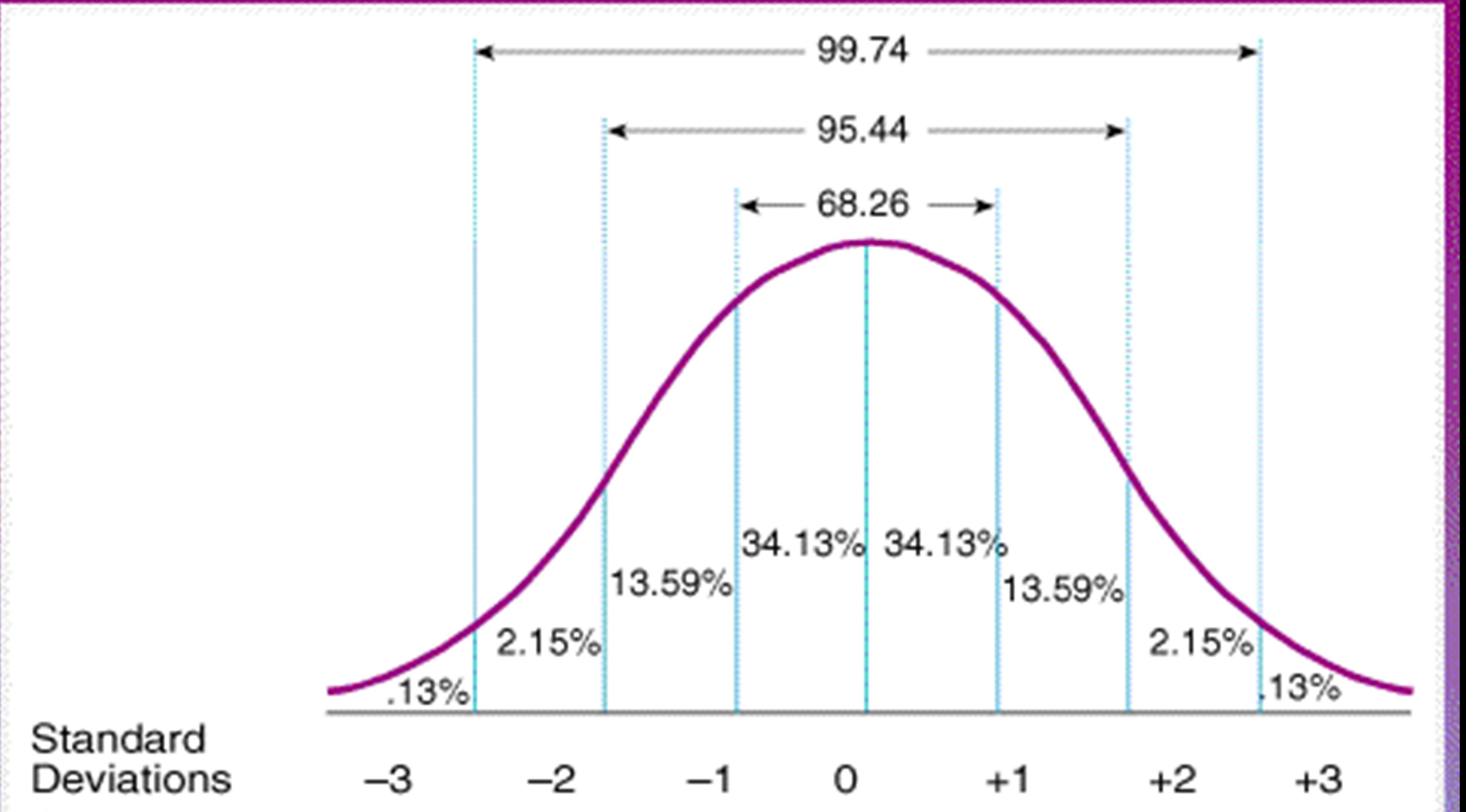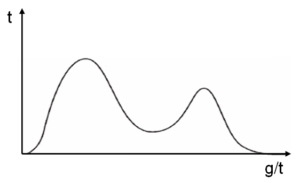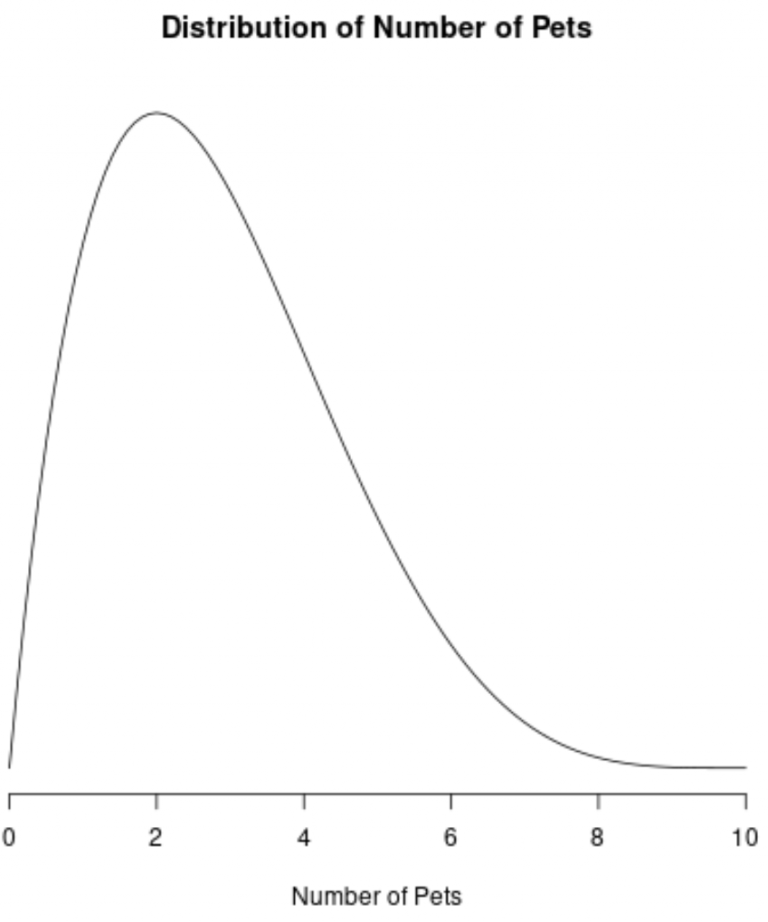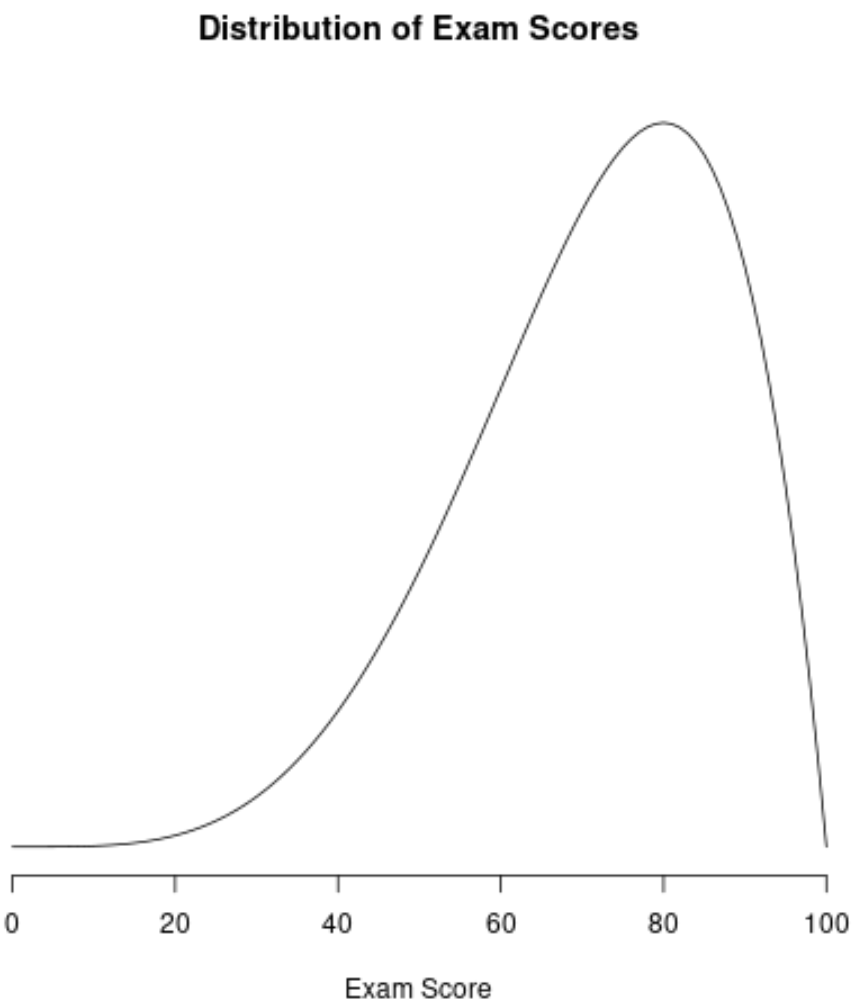1.5 Statistical Analysis in Psychology AP Psychology Vocab
1/25
There's no tags or description
Looks like no tags are added yet.
Name | Mastery | Learn | Test | Matching | Spaced |
|---|
No study sessions yet.
26 Terms
Descriptive statistics
Branch of statistics used to summarize and describe main points of data set
Measures of central tendency
Most important points of a dataset
Mean
Average value
Median
Middle value
Mode
Most frequent value
Variance
Shows how spread out data is by comparing it to mean
Range
Difference between biggest value and smallest value
Standard deviation
Average distance from the mean
Frequency distribution
Shows how often each value occurs

Normal distribution
Hill-shaped and symmetrical

Bimodal distribution
2 peaks

Positive skew
Curve to the right

Negative skew
Curve to the left
Inferential statistics
Make predictions/inferences based on population based on data collected from a sample.
Statistical significance
Determines if results are based on chance or not
P-value
Tells how likely it is that the results we see are due to chance. A small version of this = stronger evidence that it’s not random
T-test
Used to compare means of 2 groups to see if they’re different from eachother.
Correlational coefficient
Shows how strongly and in which direction two variables are related.
ETHICS
Informed Consent
Getting consent from participants after explaining rules
Debriefing
Explain purpose + results of study to participants after it’s over
Confidentiality
Keeping participant’s info secure
VOCAB WORDS I FOUND IN THE CLASSROOM TEST THAT WE MAY NEED TO KNOW
Introspective Study
When someone looks inside their own mind to think about their thoughts and feelings. It's a way of understanding yourself better by reflecting on what's going on inside.
Usually a self experiment.
The social desirability bias
When people give answers or behave in ways they think will be seen positively by others, even if it's not their true opinion or behavior.
Quasi-experiment
A study that looks like an experiment but lacks random assignment of participants to groups. This makes it harder to determine cause and effect.